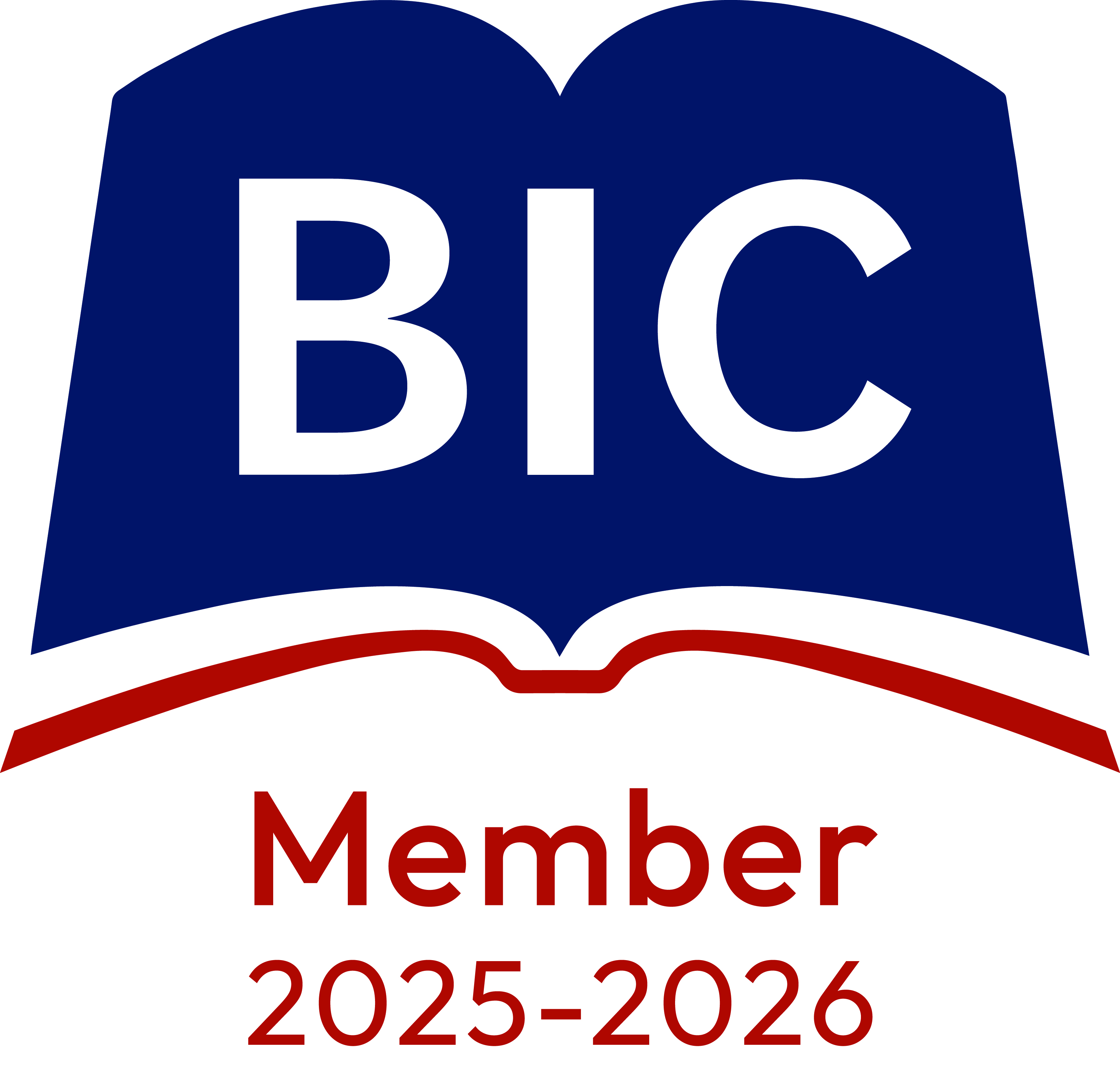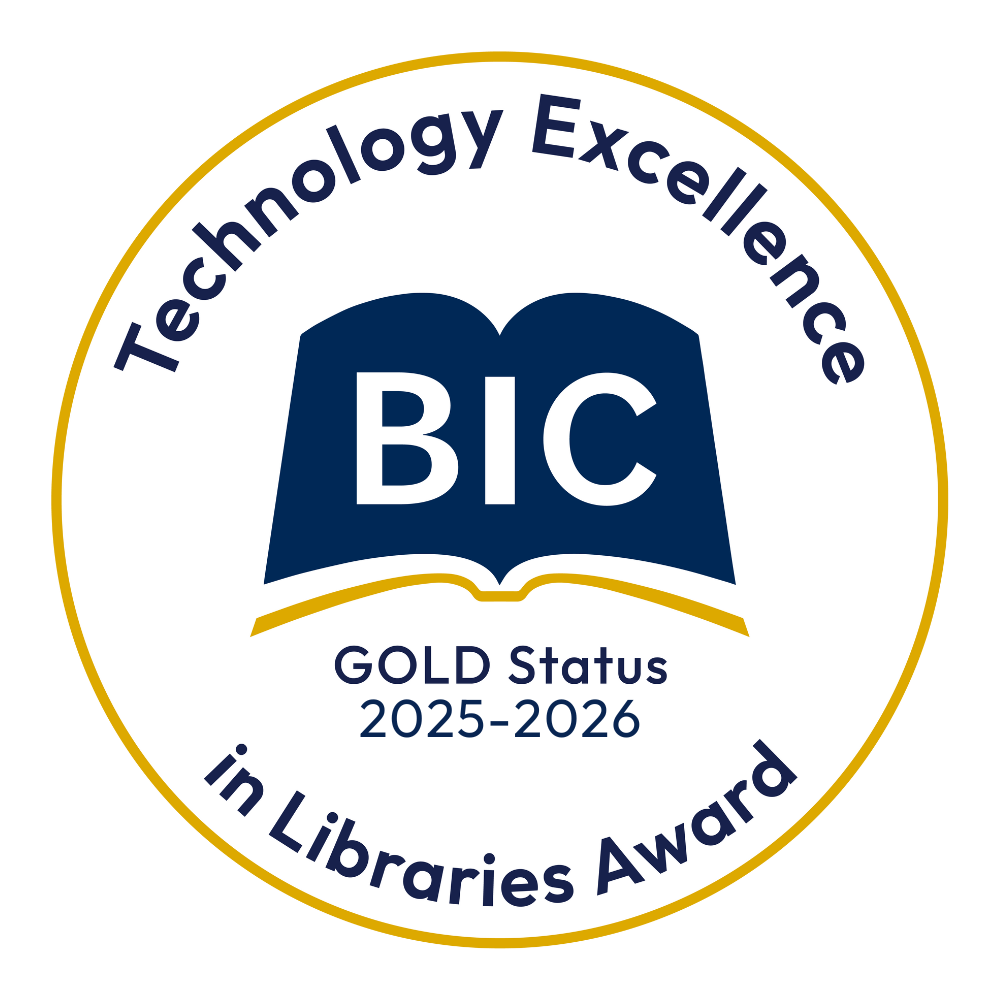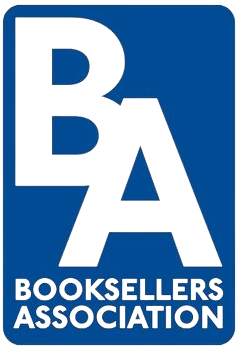For help, advice and telephone ordering call our team on 0121 666 6646
Are you sure you wish to delete this basket?()
This action cannot be undone.
Sorry, something went wrong
Please report the problem here.
Q&A with Krista M. Lambert
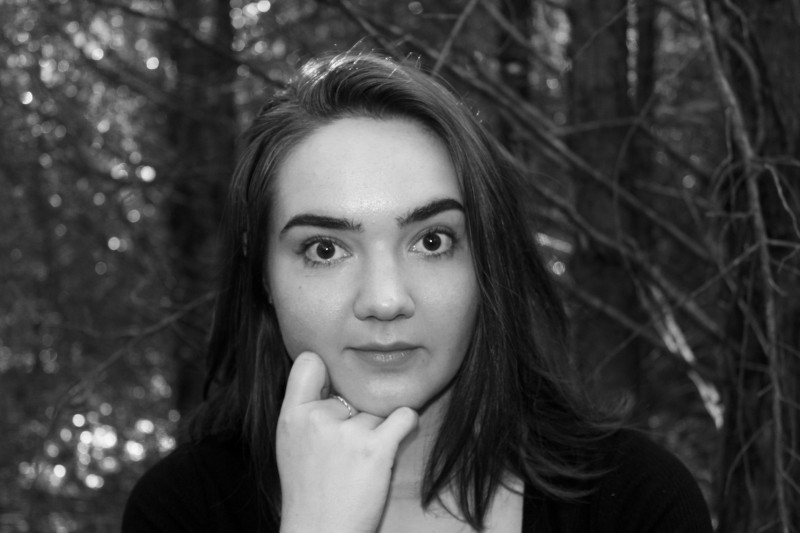
July 5th 2021
Q: How long have you been writing and what did you need as a young writer?
A: In a way, I’ve been writing before I could physically put pen to paper; I always wanted to tell stories, even as a small child, so my mom would transcribe them for me while I narrated. I’m very grateful for her patience copying down my first stories about unicorns taking rather extravagant bubble baths. I’m lucky to have a family that encouraged my creative side, no matter how ridiculous it must have seemed to them. I think what every young writer needs most is support, whether they get that from teachers, friends, family, or somewhere else. Personally, my support came mostly from my family, growing up—my grandmother and my mom especially. I needed that foundation of people who believed in me. As I grew older, though, some of the topics I wanted to write about didn’t always get a warm reception from everyone around me; my support system has shifted a little because of that, which is where Pop Up comes into play.
Q: What did winning Pop Up's 10th birthday writing competition mean for you?
A: I don’t think I’ll ever be able to adequately describe what winning Pop Up’s 10 Stories competition meant to me. It was absolutely a dream come true when Dylan Calder contacted me to let me know Pop Up wanted to publish my poem as an actual book. What they’ve done for my confidence as a writer, and my confidence as a person who sees herself as a little different, I can’t even express. To be honest, when I submitted Indigo to the competition, I had already pretty much given up hope of ever seeing it in print. I’d been rejected by publishers several times by that point, which of course is part of the process, but as a new writer, when all you see is closed doors everywhere you look, it can get very discouraging. I was also struggling to accept certain aspects of my own identity at that point, ironically very much like Indigo is in the text itself. My whole experience with the Pop Up team has been like a warm embrace, teaching me how to love my writing and myself.
Q: Did you already know Chris Riddell's work? How do his illustrations work with/add to your text?
A: I did know Chris Riddell’s work before I was matched with him for the project, yes! Of course I’d seen his lovely art floating around the internet, but I also have a copy of Neil Gaiman’s The Sleeper and the Spindle, a gorgeous picture book illustrated by Mr. Riddell. Still, I was not aware of the extent of his impact until after I was told he’d agreed to illustrate my story, when I began researching his work more thoroughly. I’m absolutely blown away by not only his skill, but his generosity in illustrating Indigo. His illustrations add so much to the text of the poem, and they were obviously created with such care and such attention to the message of the story. If you’ve read the book, you know that many characters—including Indigo himself—are afraid of the dragon once it becomes too big to hide. But looking at Mr. Riddell’s pictures, it’s very clear that the dragon is not something bad at all—just misunderstood. He really captured its inherent beauty, without negating the negative impact its presence has on Indigo’s life, at first. I also love how the dragon’s eyes are closed most of the time, only opening at one critical moment in the text, and when they do open, they are Indigo’s own eyes staring back at him. Every time I look at the artwork in this book, I find something new. It’s amazing.
Q: How were you aware of what it meant to be different as you grew up?
A: Difference was not always celebrated in my community the way it should have been, unfortunately. I believe a great deal of the intolerance I witnessed growing up was due to a lack of information and education about the many ways people can be different from one another, and about how to properly respond to and support those differences. I was definitely aware that I was different in some ways as a child, but at the time I did not have the language to express exactly how or why, and my differences felt very shameful. I did my best to hide or change what made me different, much like Indigo does. That sense of shame has lifted somewhat for me recently, but the shadow of those years of repression will probably always follow me. It’s just part of who I am. It’s what I want to keep other kids from feeling.
Q: The moment when Indigo, the hero of your story, tries to kill his secret dragon is very touching. How do you hope readers will respond to this?
A: Thank you so much. It’s an emotionally fraught moment in the story, for sure, but also an important one. Through it, I hope my readers can understand some of the pain that comes from denying or fighting one’s authentic self, and the heartbreak it can cause when a community does not support those among them who are different. I want readers to respond with empathy and love—for others and for themselves. Everybody is different in some way, after all. Obviously, I hope that nobody who reads this story will have experienced the same painful feelings Indigo does… but realistically, I know some of my readers will recognize themselves in Indigo at that moment. I wrote this book for them.
Q: What is next for you as a writer?
A: What a big question! The easy answer is, more writing. I have several projects in various stages of completion at the moment—mostly middle-grade or YA novels, but a few short stories and poems, too. In fact, I’ve been tossing around the idea of a companion piece to Indigo Takes Flight for a while now: another children’s book, this time with a main character named Burgundy. The most important thing for me as a writer right now is to include diversity in my work. At this point it feels as though creative opportunities and ideas are springing up everywhere I look, so I’m going to take advantage of the inspiration and try to get my words down on paper as fast as possible.
Q: How do you hope Indigo Takes Flight will make a difference?
A: I want to give the world the story I wish I’d been able to read, growing up. My hope for Indigo is that it reaches the people and communities that need it most. If this book could impact just one person powerfully enough to change the way they view themselves or those around them, if it could help even one reader to embrace the idea of difference rather than run from it, I would be so happy. Everyone deserves to be loved for who they are; I just want to spread that message.
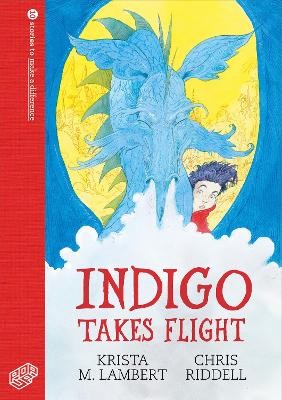
Indigo Takes Flight is out now.
Indigo has a secret – and it’s growing too big to hide! An enchantingly illustrated tale about coming to terms with who you are, and finding acceptance from those you love. Written by debut writer Krista M. Lambert and magnificently illustrated by former Waterstones Children’s Laureate Chris Riddell. Indigo Takes Flight was edited and art directed by Holly Tonks at Lantana. Indigo Takes Flight is a deeply moving parable about the inner conflict involved in coming out as LGBTQ+ to family and friends. Krista M. Lambert was one of four winners of Pop Up’s 10th Birthday Writing Competition.
Pop Up Projects
10 Stories to Make a Difference is a collection of original illustrated stories published by children’s literature non-profit development agency Pop Up, which has been bringing books, schools and communities together for 10 years. Pop Up has collaborated with 20 writers and illustrators and a host of editing and design professionals from 12 publishers, and crowdsourced funding to ensure top quality editions. Design agency Baxter & Bailey has donated the 10 Stories to Make a Difference book design and branding. Pop Up’s website for schools will feature teaching resources on the books.
Pop Up Projects CIC is a non-profit national children’s literature development agency with a mission to transform lives through literature. For ten years Pop Up has been bringing literature to life for over 120,000 children, young people and families in schools and universities, communities and public spaces. They've provided 7,000 hours of author workshops and 58,000 books to schools, helped 180 young writers and illustrators from under-represented backgrounds into print, and through Pathways Into Children's Publishing are training a more diverse next generation of illustrators for careers in children's publishing.


